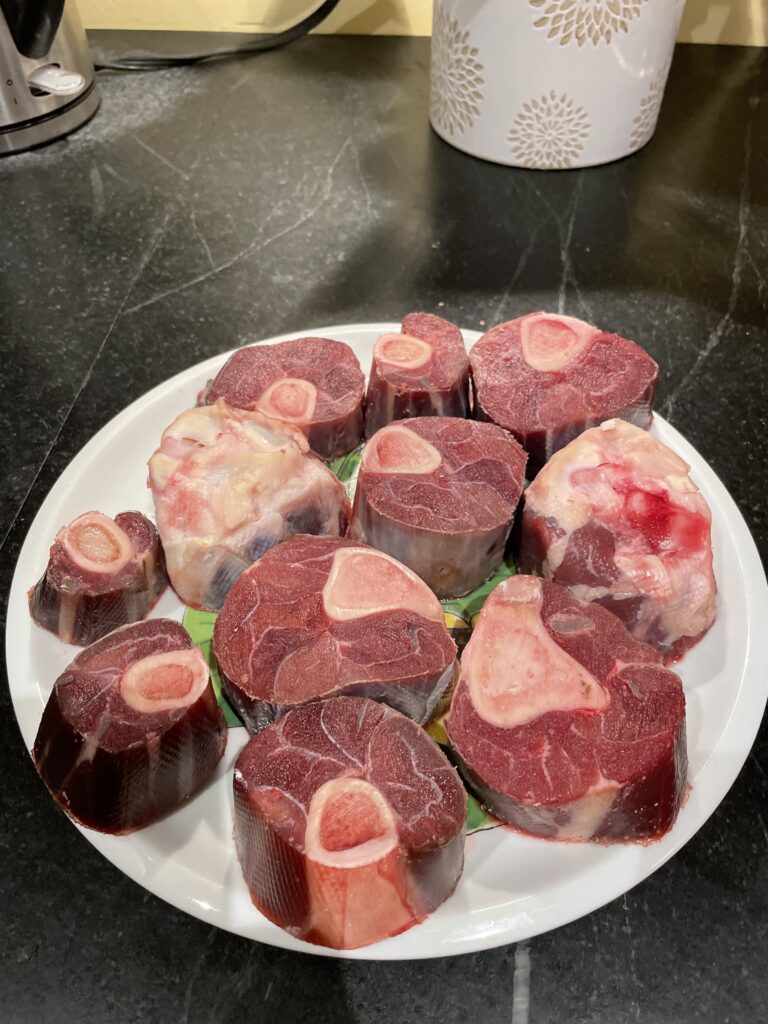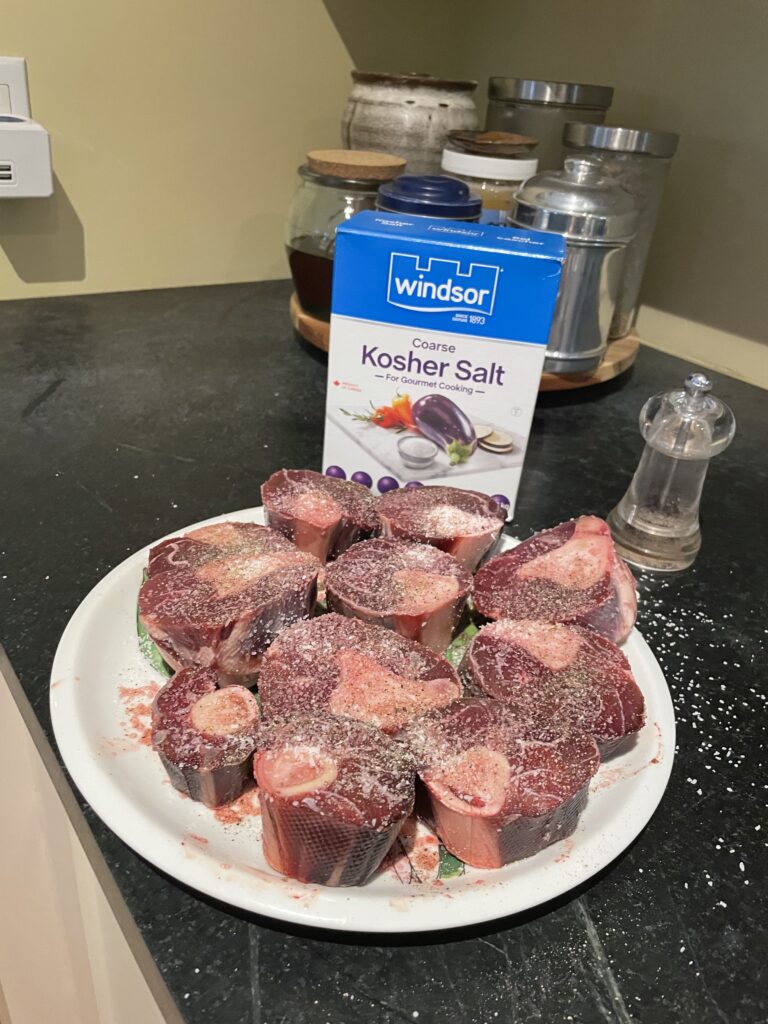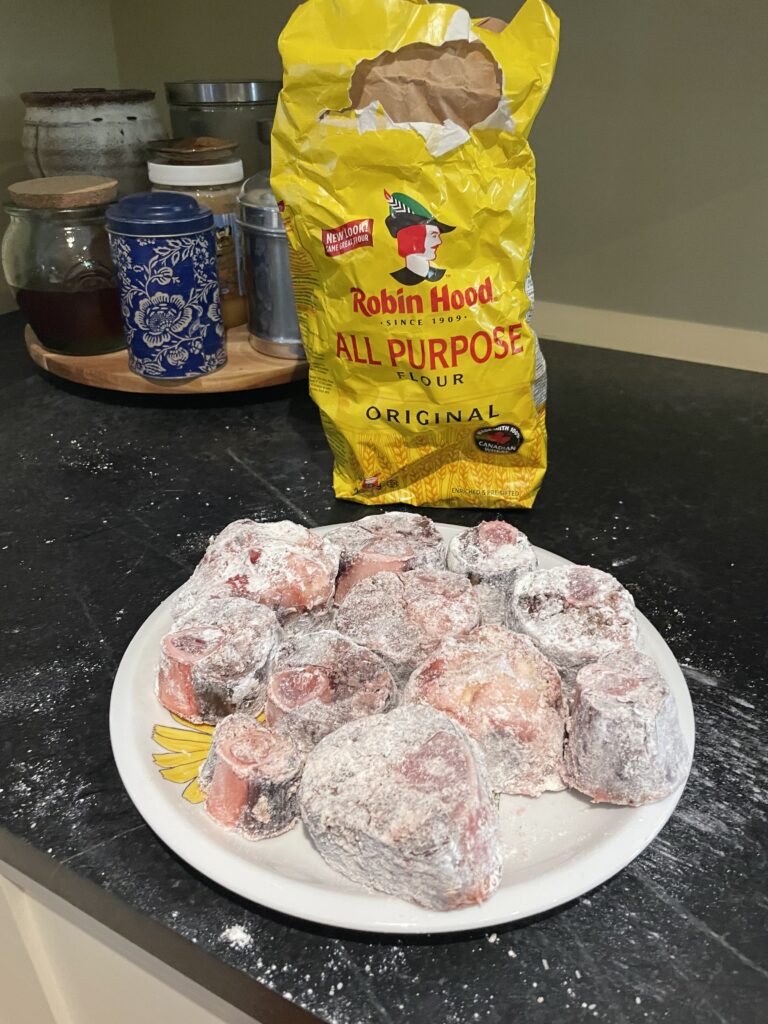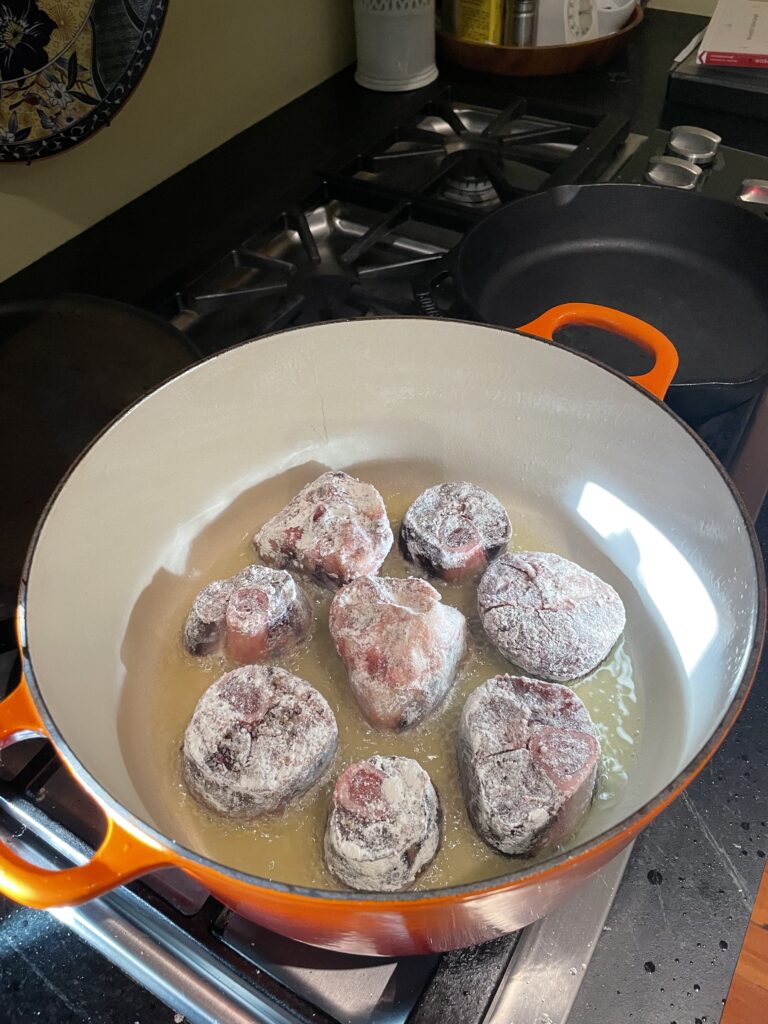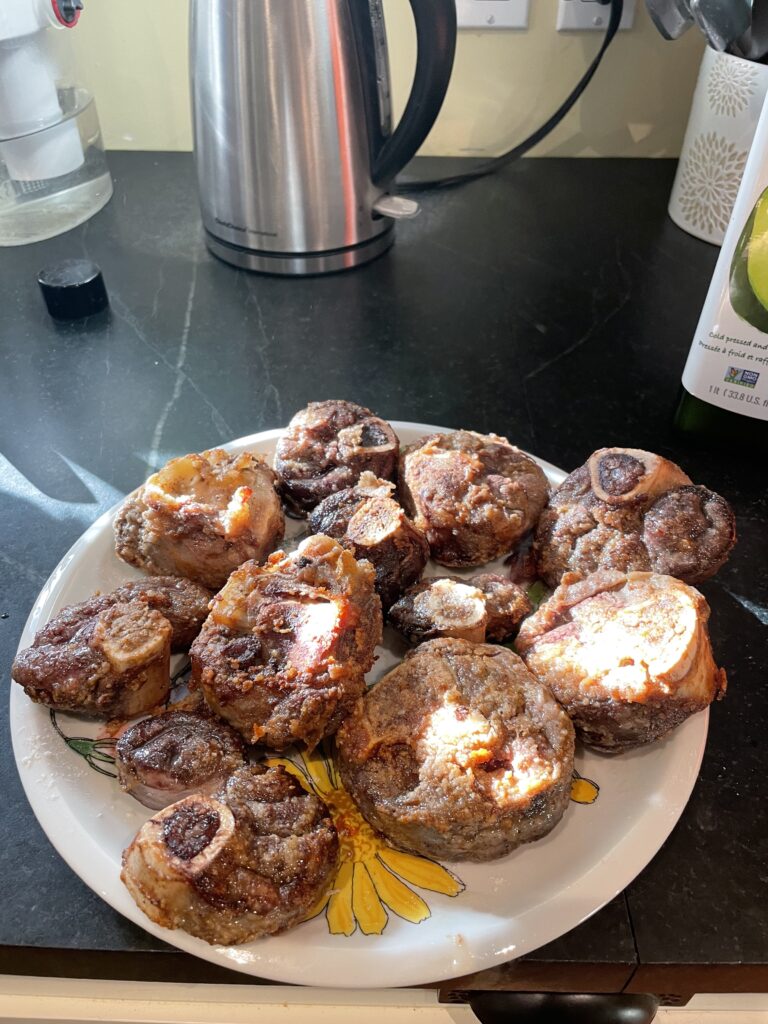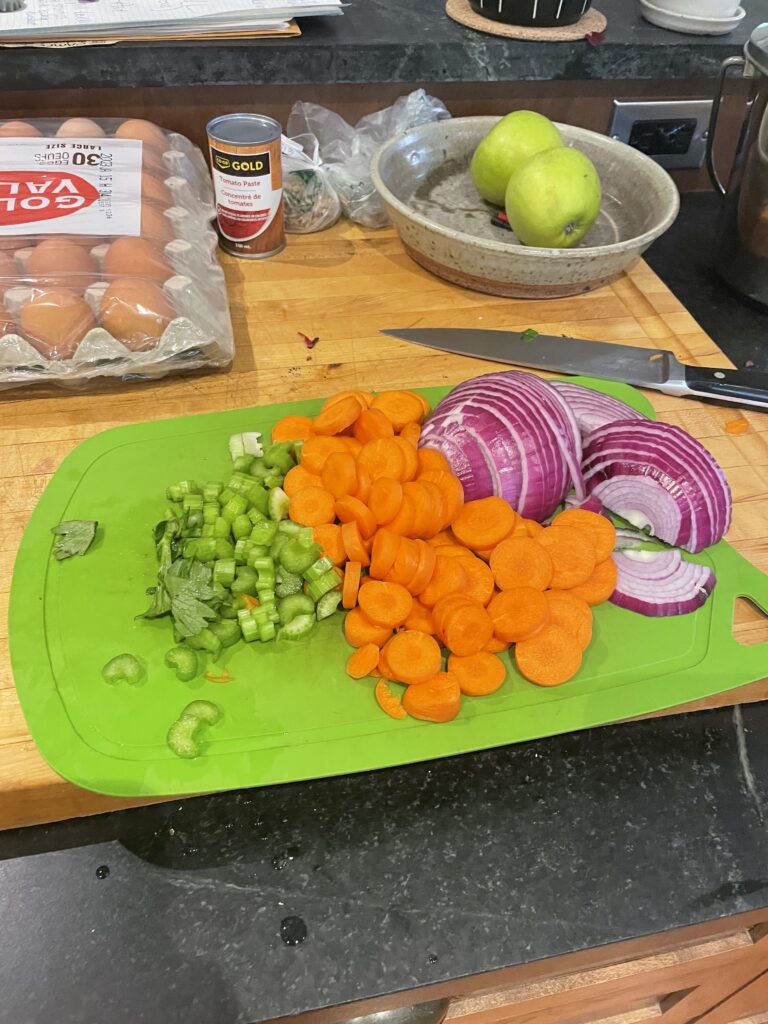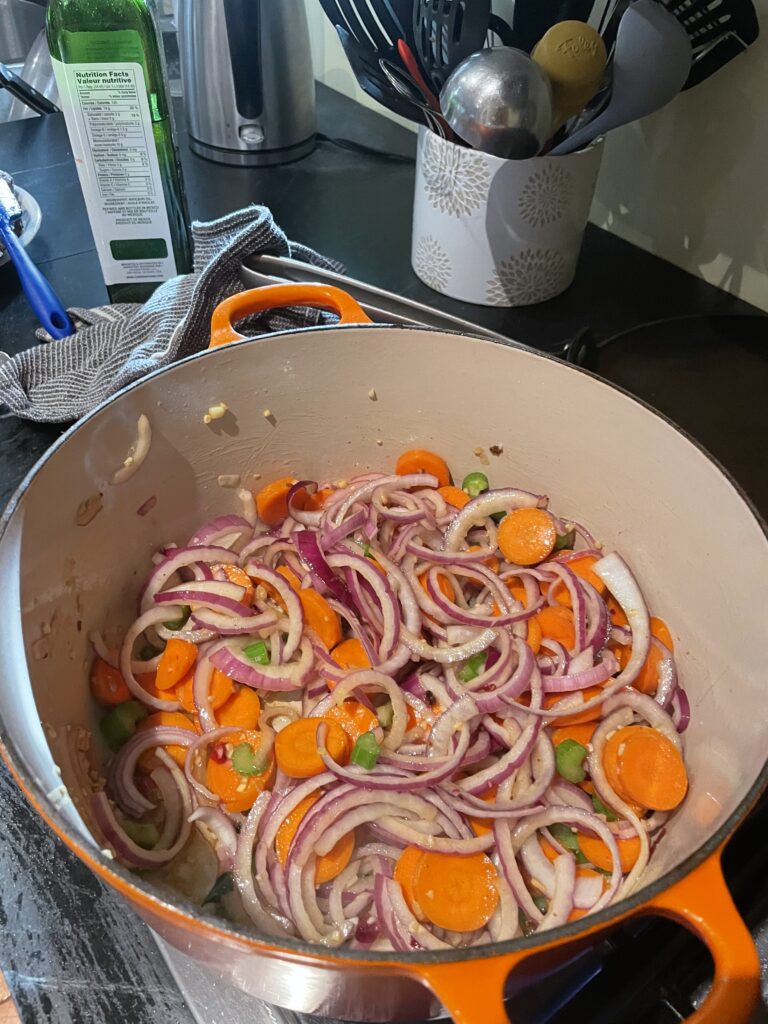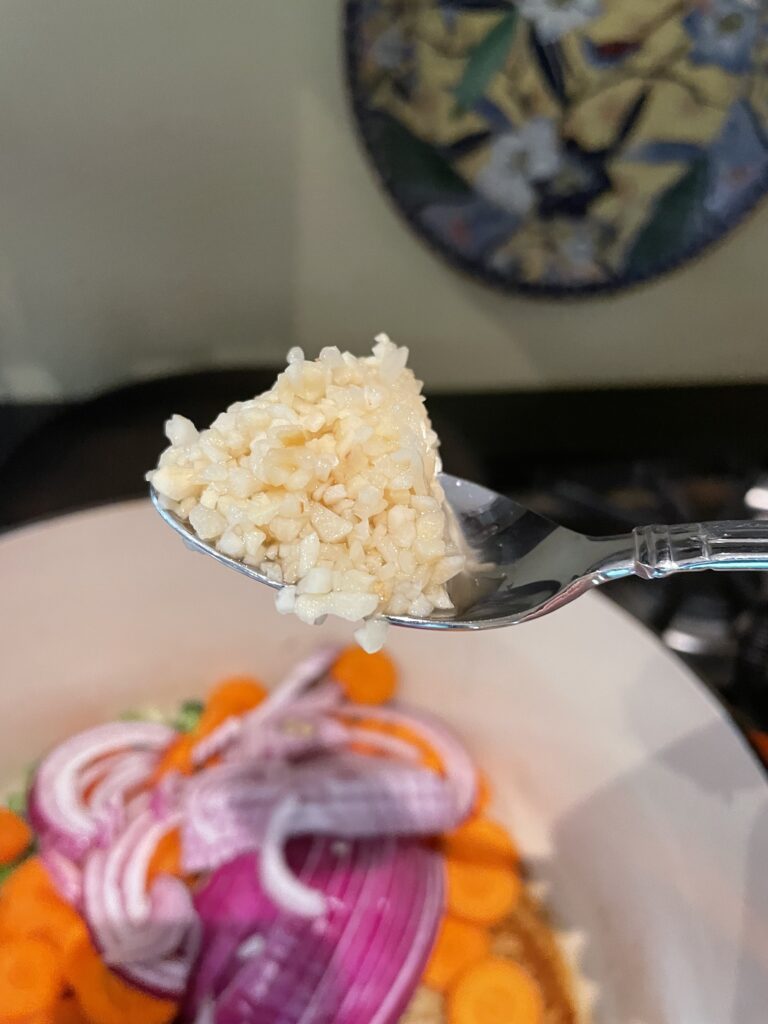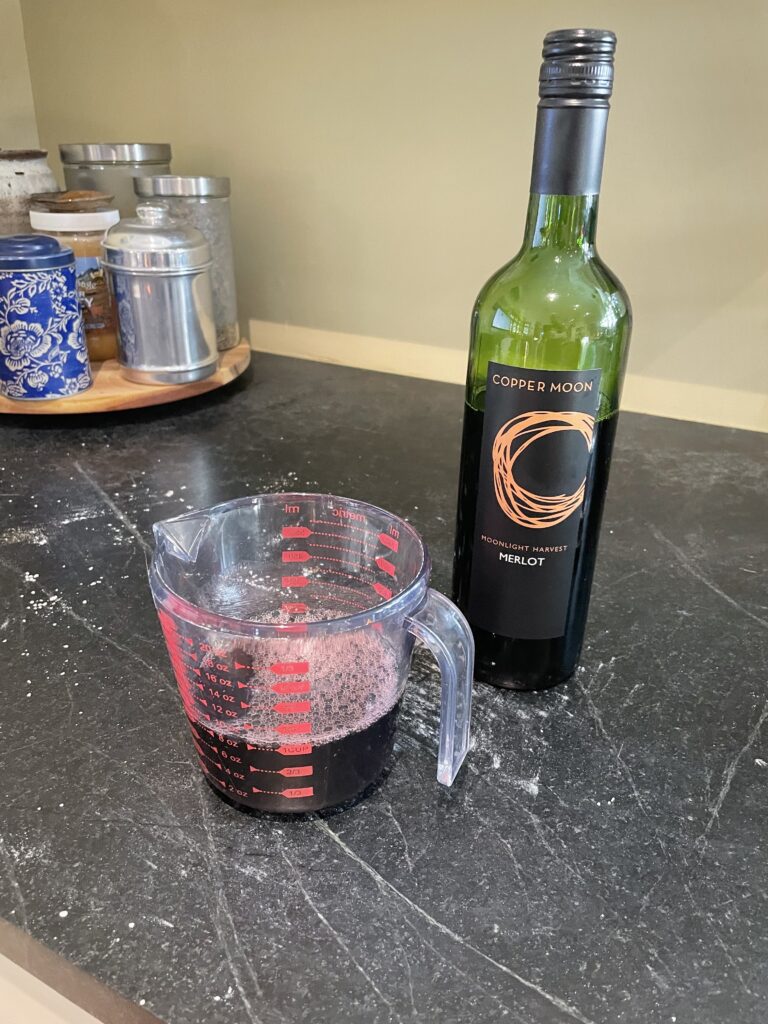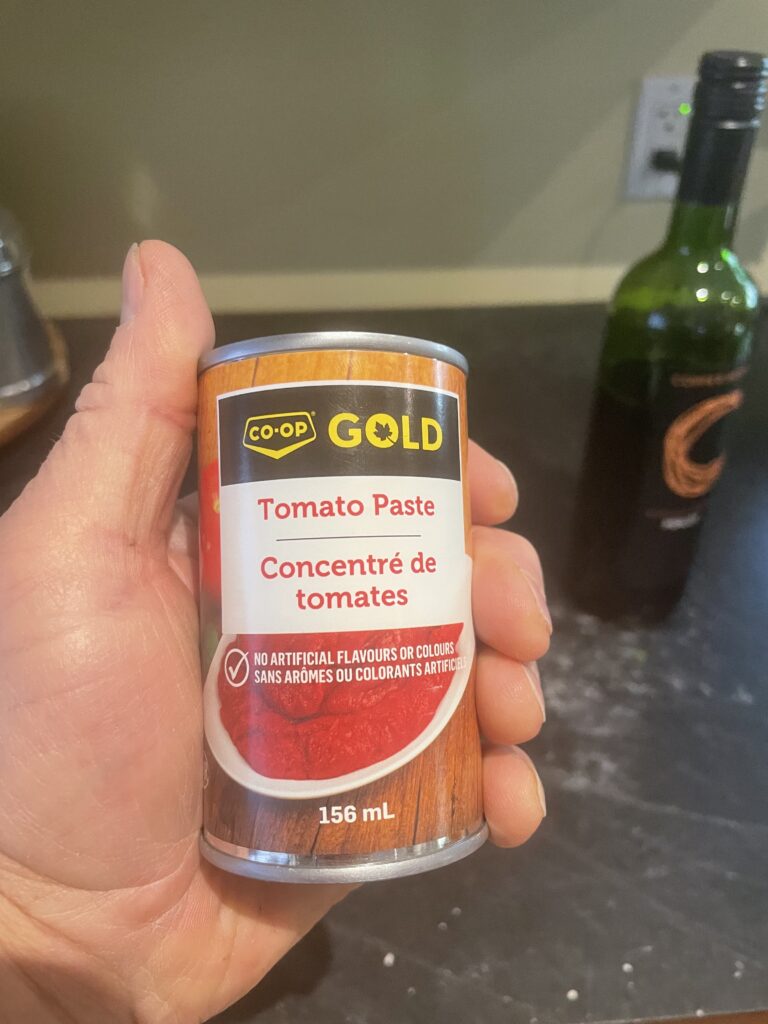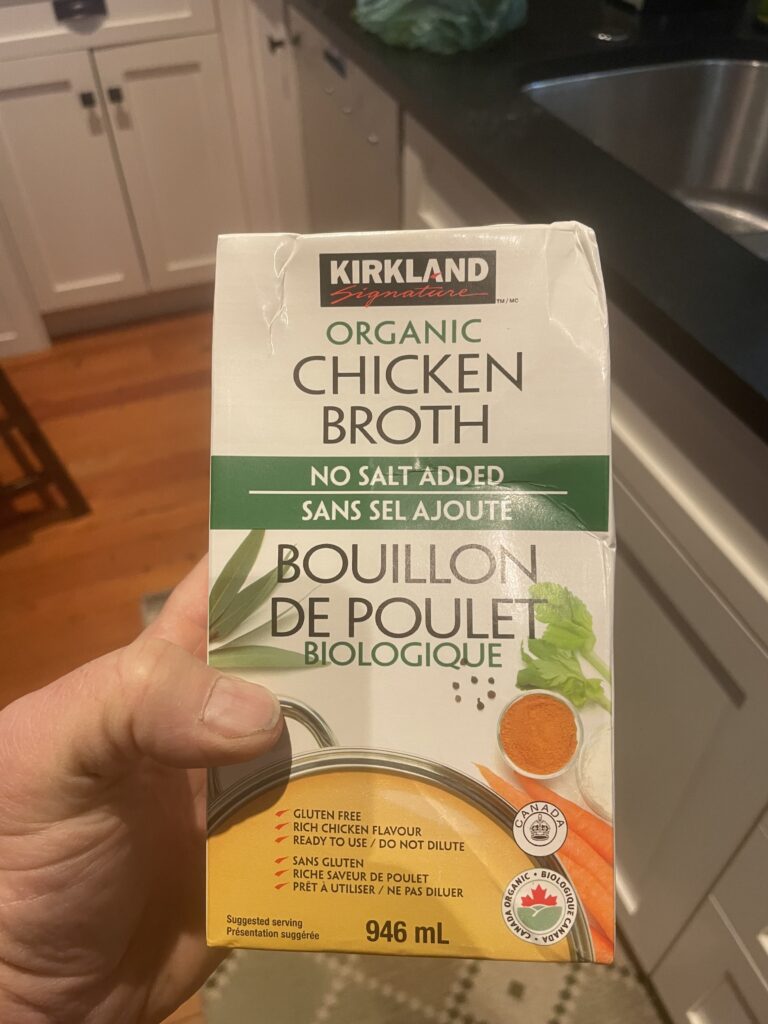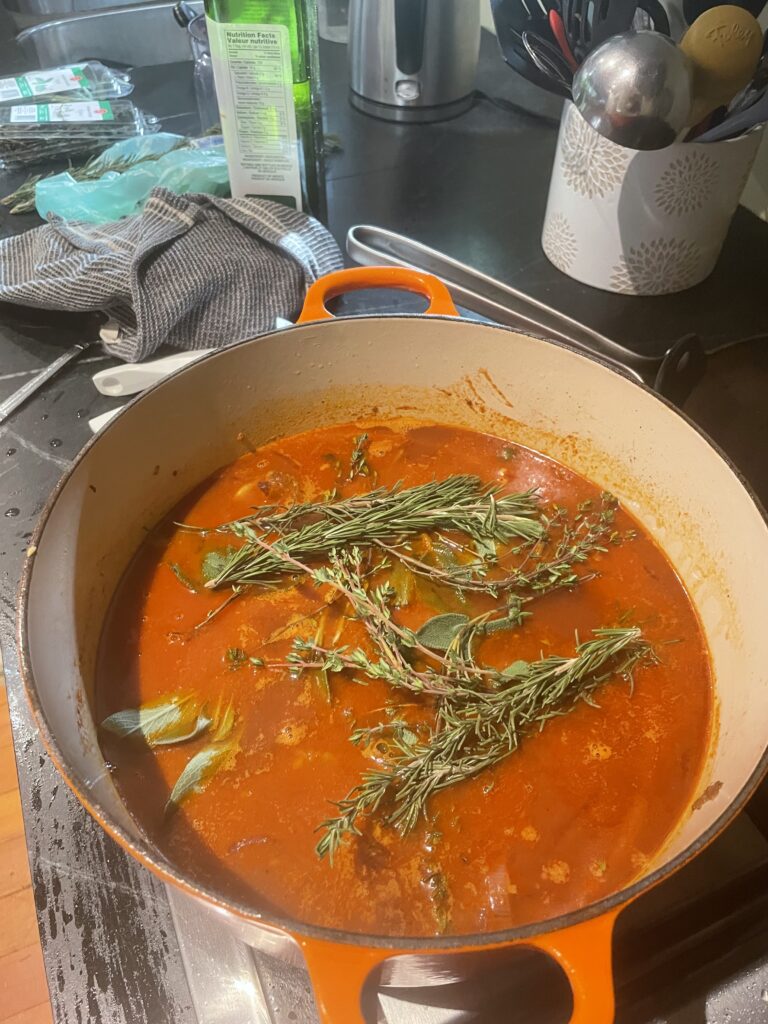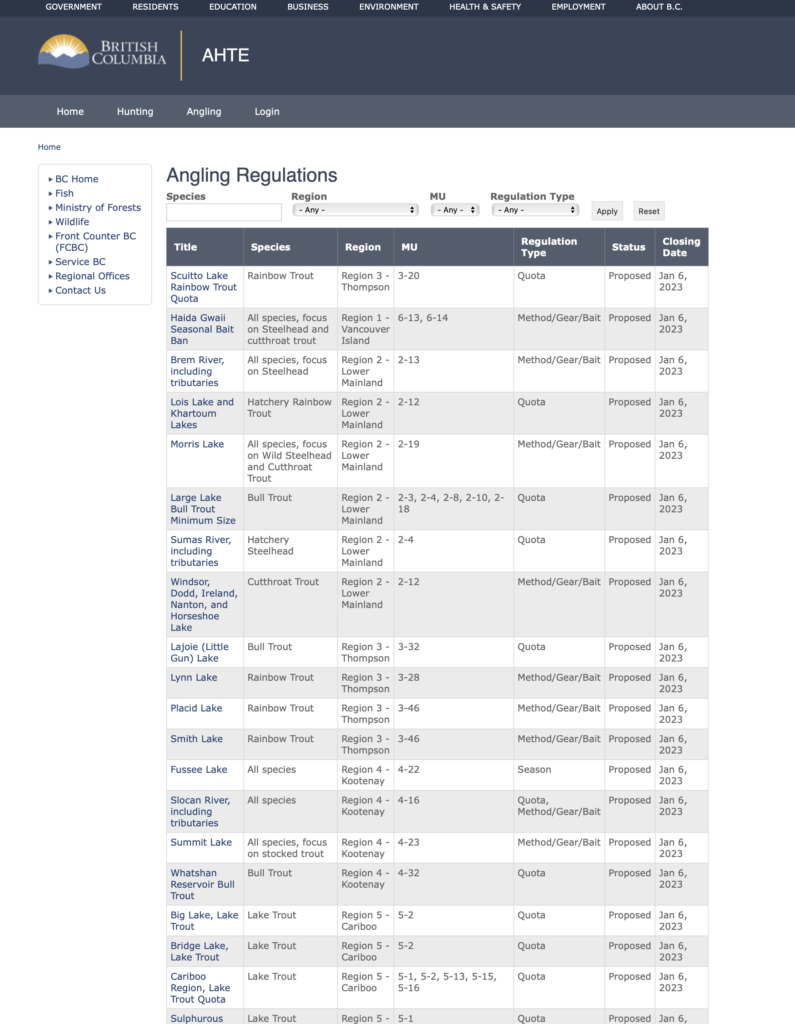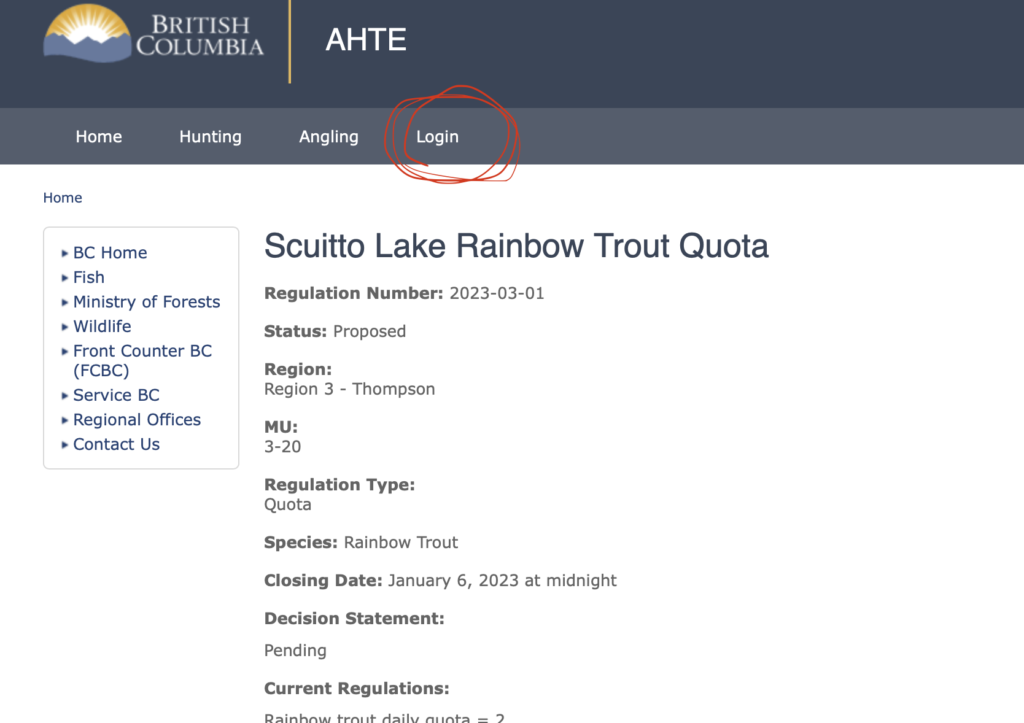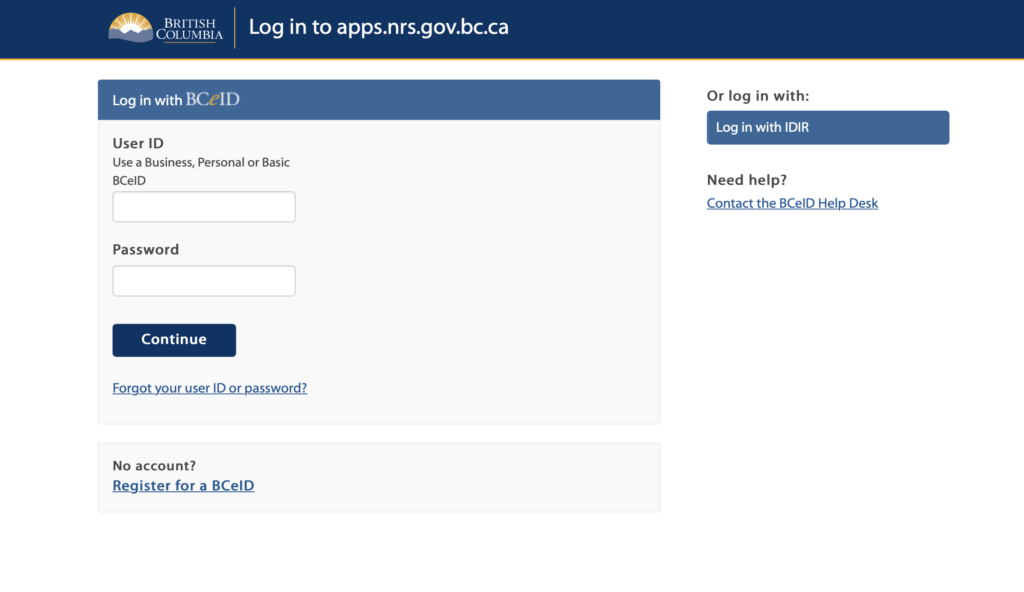Caution: there are some graphic images in this post.
Both highways and railroads can pose a risk to wildlife, especially in areas where there are large populations of animals or where animals are known to migrate. When animals try to cross the road or the tracks, they can be hit by vehicles or trains, which can result in injury or death.
Wildlife can be attracted to the tracks or the sides of highways by forage opportunities like lush vegetation, salt, spilled grain or roadkill. If they are not paying attention or do not understand how cars and trains move they can be hit and either injured or killed.
In addition, the construction of highways and railroads can lead to habitat destruction, which can impact the populations of certain species, especially when the transport routes transect migration corridors, for example, from summer to winter ranges.
It is difficult to quantify the exact number of wildlife deaths caused by highways and railroads each year, as this information is often not systematically recorded or reported. However, it is known that both highways and railroads can pose a significant risk to wildlife, especially in areas where there are large populations of animals or where animals are known to migrate. Mortality on highways his more well known, especially to locals or biologists, but railway mortality is less well known.
When American wildlife bio Bart George spoke with Steve Rinella on the MeatEater podcast in August of 2016 he discussed the trans-boundary mountain caribou herd (that herd has since been completely extirpated) George discussed wolf, cougar and bear predation on caribou, but interestingly said that Highway 3, the Crowsnest, was a significant, if not the biggest, threat to that herd. You can link to that podcast at the MeatEater site and get it on a variety of platforms. Despite being from 2016 its still worth listening too.
Dr. Clayton Lamb, the increasingly famous BC wildlife bio, has long shared information on this issue (you can find him here as well as on Twitter). One of the first presentations I watched him deliver dealt with something he termed “the Trap” – long story short, “the Trap” was a rail corridor that offered grizzlies some great food opportunities, but also killed many inexperienced bars, including sub-adult females that are critical to breeding. That presentation occurred around the time that the NDP banned the grizzly hunt over concerns that the grizzly population in BC was threatened by hunting. Dr. Lamb argued at the time that grizzlies could tolerate the level of hunting that BC allowed prior to the ban, but he also highlighted other serious threats to them (and to other wildlife).
That was several years ago. The hunt is gone, but other significant and largely ignored threats remain. This is from October of this year:
The collar was substantially destroyed by the collision, despite having stood up to months of lining with a grizzly bear. You can also see that a grizzly cub was killed earlier in the year not far from the site where the sub-adult female.
There are several ways that highways and railroads can be made safer for wildlife. One common approach is to install fencing along the sides of the road or tracks to prevent animals from accessing them. This can be especially effective in areas where animals are known to cross the road or tracks regularly. Another option is to build wildlife crossing structures, such as bridges or tunnels, which allow animals to safely pass over or under the road or tracks. These structures can be especially effective in areas where animals are known to migrate. It can also be helpful to work with conservation organizations like BCWF or some of it’s member clubs to identify areas where wildlife is at risk and to develop strategies to protect them.
There are various efforts underway to reduce the impact of highways and railroads on wildlife. For example, many governments and transportation agencies have implemented measures such as fencing along the sides of the road or tracks, wildlife crossing structures, and warning signs to alert animals to the presence of the road or tracks. These efforts can help to reduce the number of wildlife deaths caused by highways and railroads as well as reducing traffic deaths and insurance costs for humans.
Here is another tweet from Dr. Lamb providing more information on overpasses:
